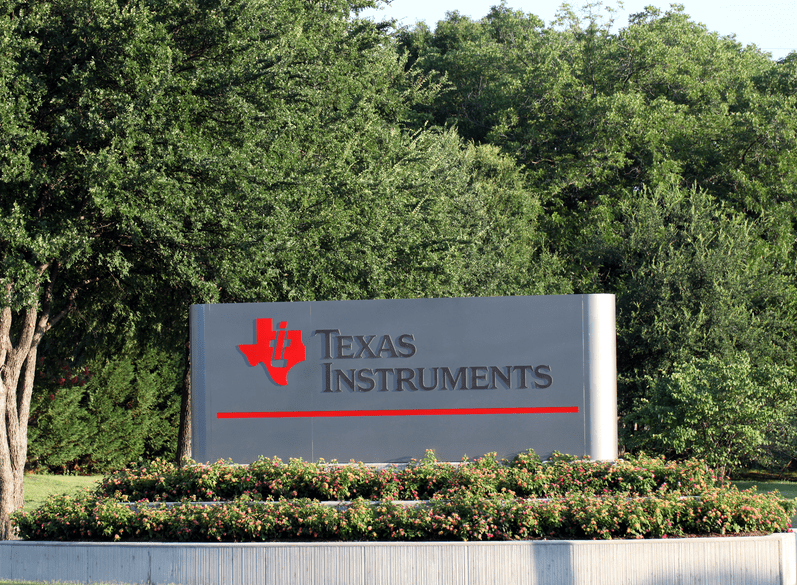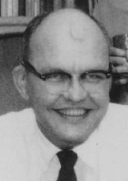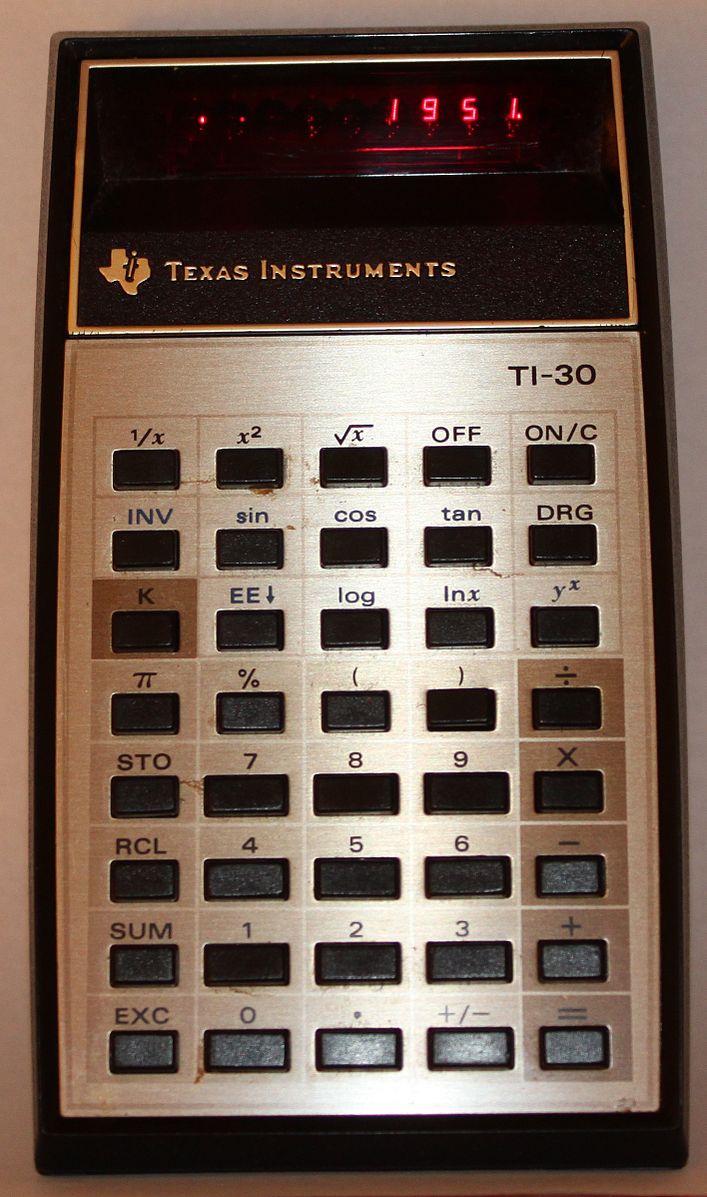Do you know that more than half of the wireless phones in the world today use digital signal processors produced by a single electronics firm? Digital signal processors are minute machines that process real-world signals such as images, audios, and videos through computations and manipulations so that they can be converted into different formats which can be transmitted back for use in the real world. This makes activities like recording on mobile phones possible for everyone. Our gadgets today are capable of so many things because of the technological innovations frontlined by no less than Texas Instruments Inc.
Texas Instruments is one of the largest manufacturers of semiconductors in the world, marking the largest market share in analog chip and digital signal processor industries by the year 2001. For many decades, this giant has been a leader in the electronics industry, but do you know that Texas Instruments is not today what it was originally created for? Continue reading this article to know the fascinating history of Texas Instruments.
Texas Instruments started as a firm in the petroleum industry in 1930. Founded by John Clarence Karcher and Eugene McDermott, both geophysicists and businessmen, the firm was named Geophysical Services Inc. (GSI) which earned profit from providing seismographic data to various petroleum-exploring companies. In 1938, GSI was reorganized to become a subsidiary of Coronado Corp. Eventually in 1941, GSI was brought by Dermott, together with geophysicists Cecil Green and Henry Peacock and mechanical engineer Erik Jonsson.
World War II had an enormous influence on the direction of GSI. In 1942, in the midst of the war, GSI signed military contracts with the U.S. Navy and Army Signal Corps. to provide devices that could detect enemy submarines. These devices were carried aboard low-lying aircrafts to detect disturbances in the ocean surface caused by submarines underneath.
After the war, an engineer and naval officer named Lieutenant Patrick Haggerty joined GSI and headed the firm’s Laboratory and Monitoring (L&M) division. Jonsson and Haggerty saw that securing military contracts would make GSI a leader in the electronics industry. They ventured on and succeeded in winning various defense contracts to produce military equipment like airborne magnometer (a device that measures magnetic field) and radar systems.
By 1951, the L&M division was rapidly outgrowing GSI itself that a reorganization was once again deemed necessary. GSI was named General Instruments but later renamed to Texas Instruments – its name that would last for decades – on the same year because the former already existed. The name Texas Instruments aimed to reflect the evolution of the company from being a service provider during wartime to being a manufacturer of transistors, a growing industry during that time.
When the profitability of transistors was still in question, Haggerty believed that such technology could change the future of Texas Instruments for good. He established the semi-conductor division and spearheaded the production of the first commercially manufactured transistor radio in the world which they called Regency radio for marketing purposes. It became a best-seller during the 1954 Christmas season and generated a large profit for Texas Instruments, officially transforming the company into a major electronics firm. From 1954-1958, Texas Instruments was the only company capable of mass-producing transistors.
Texas Instruments saw more opportunities for growth with the invention of integrated circuits (IC) by Robert Noyce of Fairchild Semiconductor Corporation and Jack Kilby, one of Texas Instruments’ researchers. Haggerty, who became the company’s president in 1958, invested on the new technology and secured another military contract with the U.S. Air Force which was competing in the race to perfect ballistic missile guidance systems. The application of integrated circuits further extended to the development of hearing aid and electronic pocket calculators. Jack Kilby won the Nobel Prize in Physics for his work on the Integrated Circuit.
Texas Instruments was so successful in the semiconductor industry that it even prides itself for providing various components for the Apollo spacecraft that landed on the Moon in 1969. Texas Instruments further grew in 1982 when it introduced digital signal processors and dominated its market. In honor of the person who opened up many opportunities for Texas Instruments, the company established the Jack Kilby Research Center in 1997. Virtually, it was Haggerty who was most responsible for the transformation of a small Texas oil exploration firm into the giant that would lead the innovation in the semiconductor industry today.




